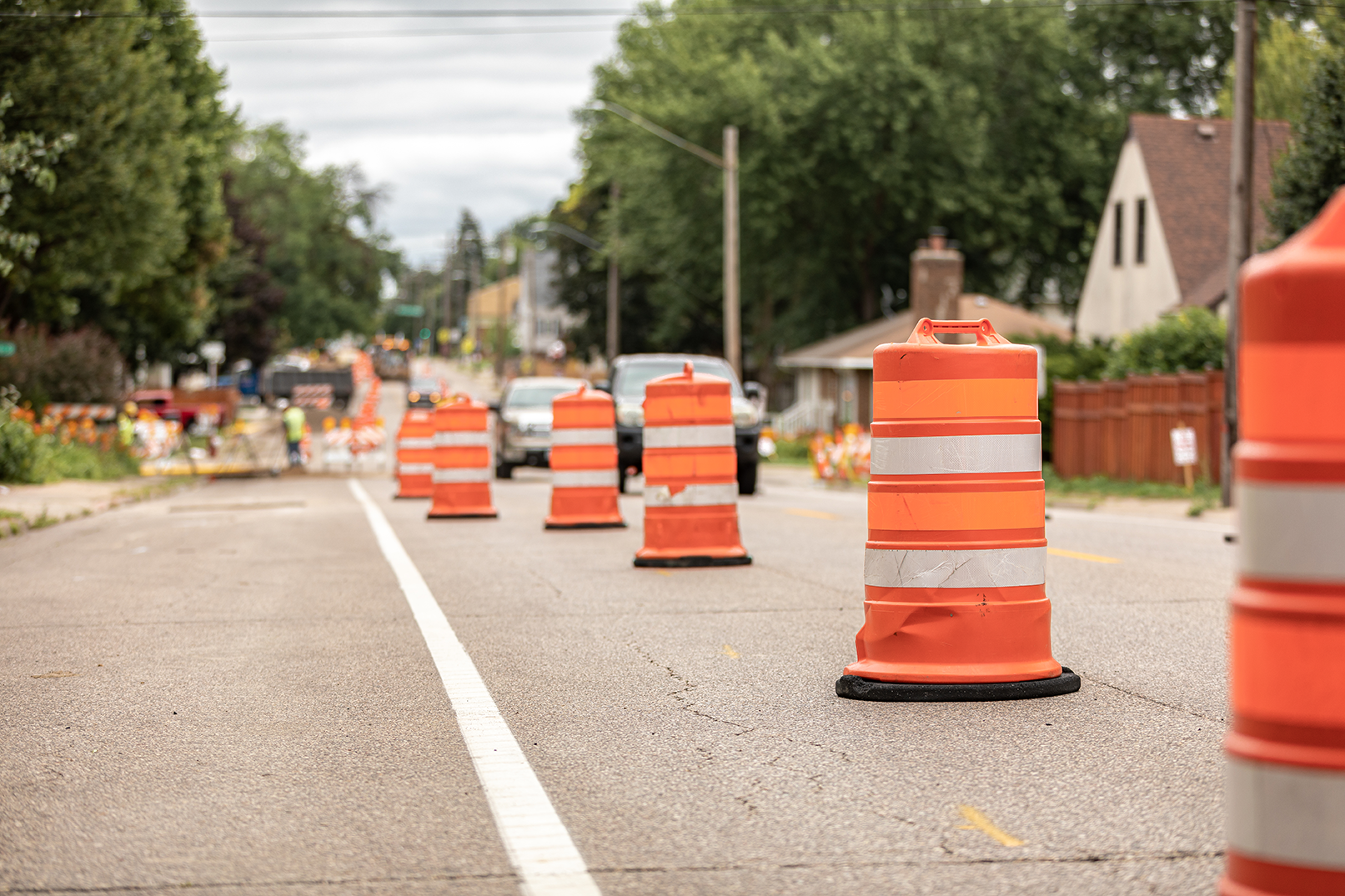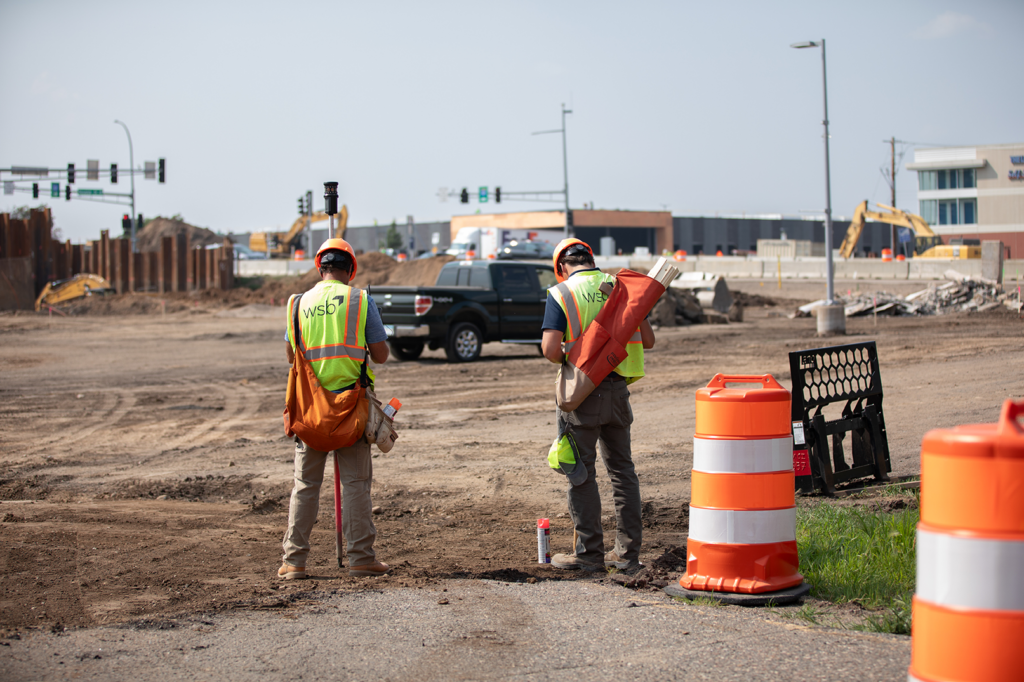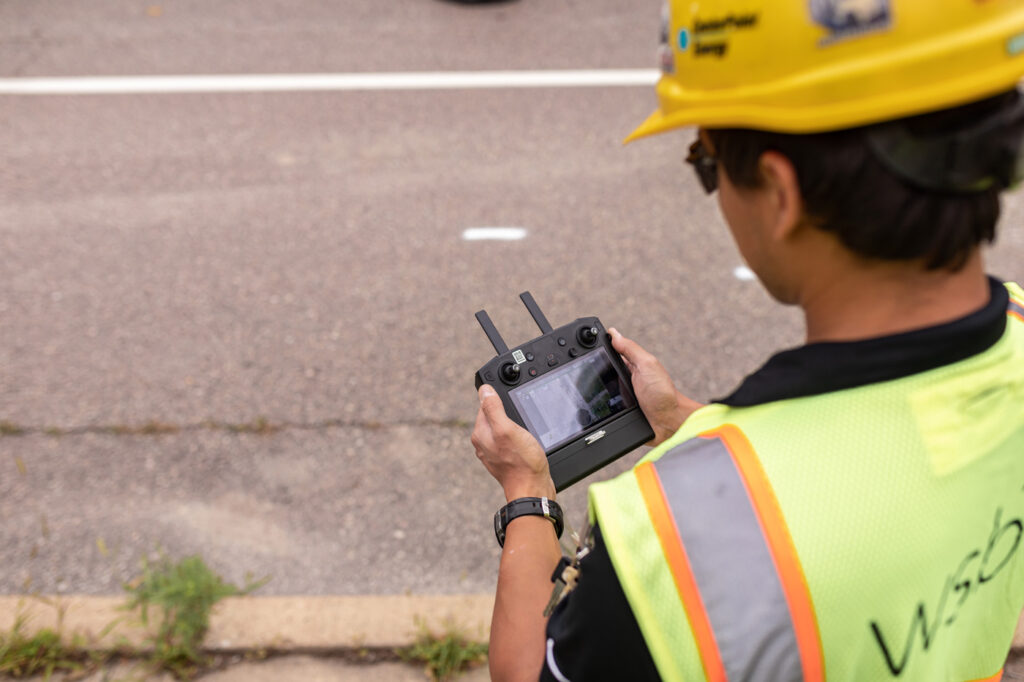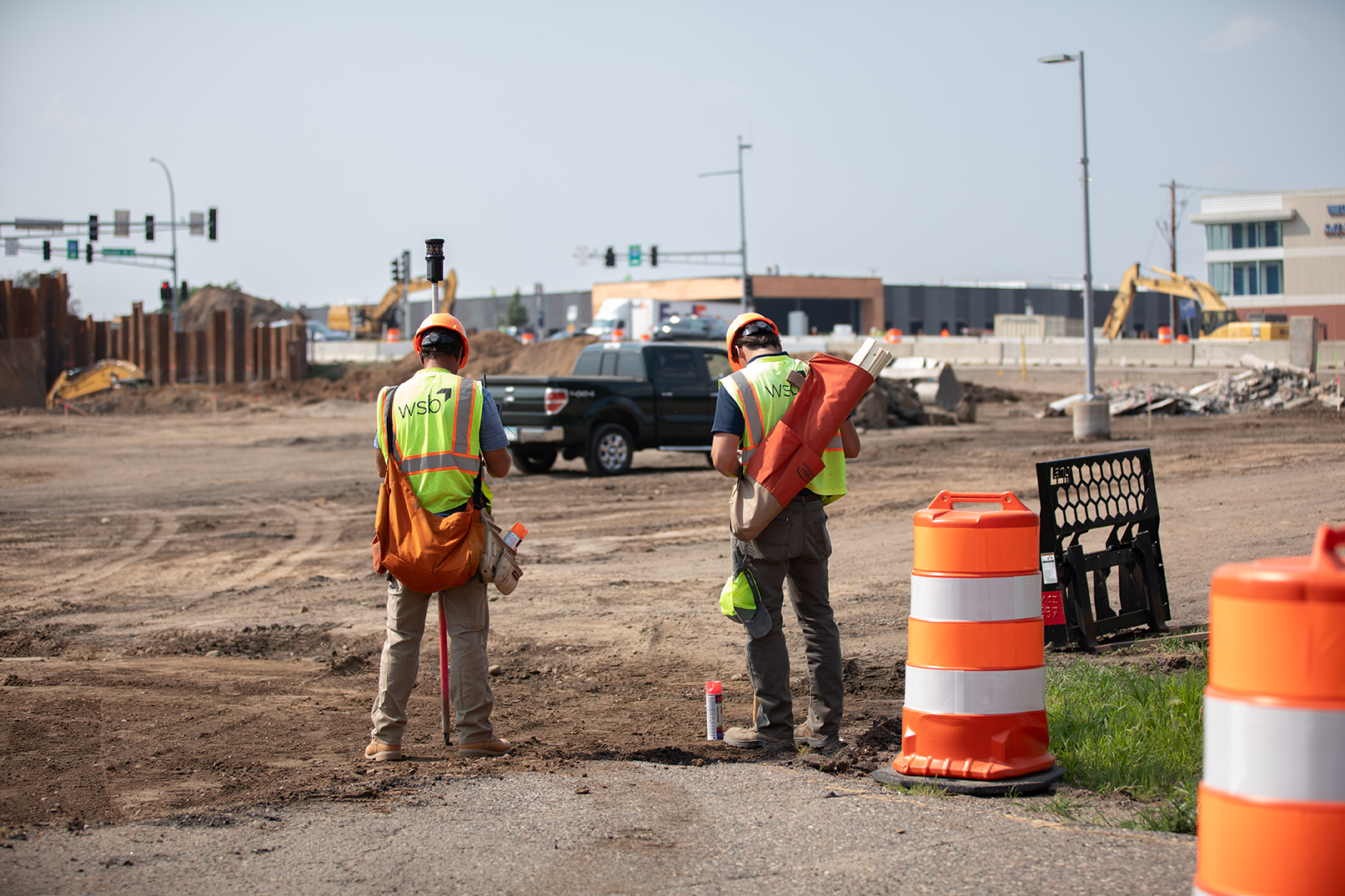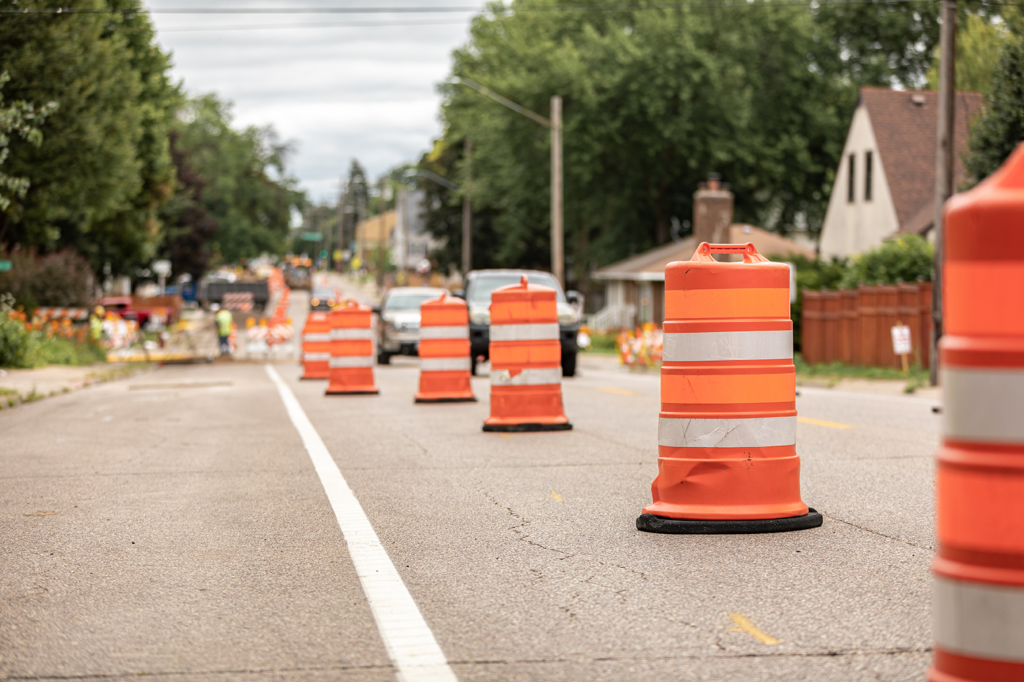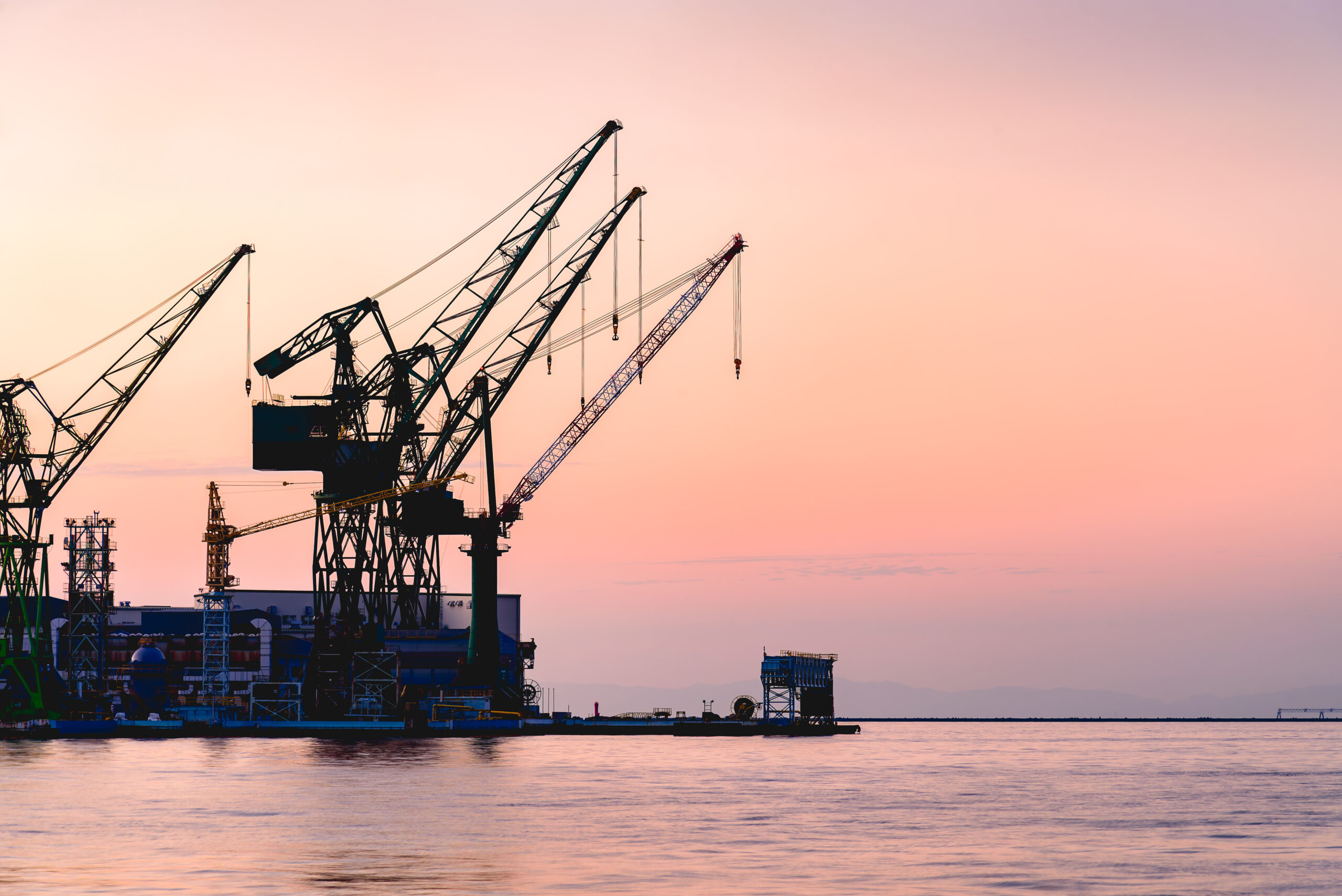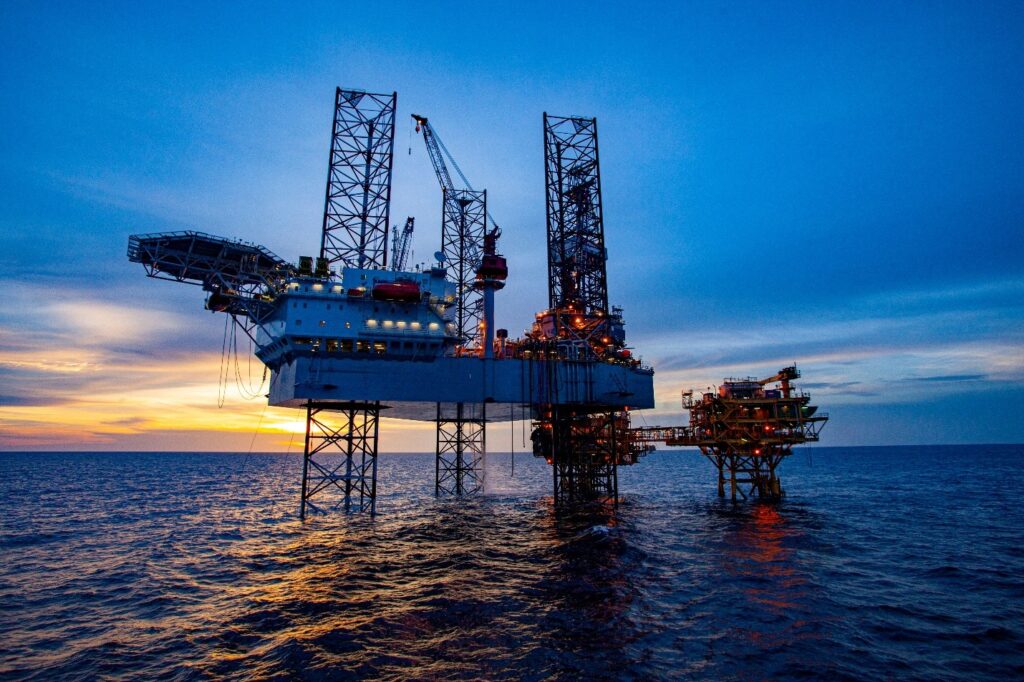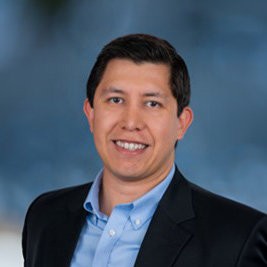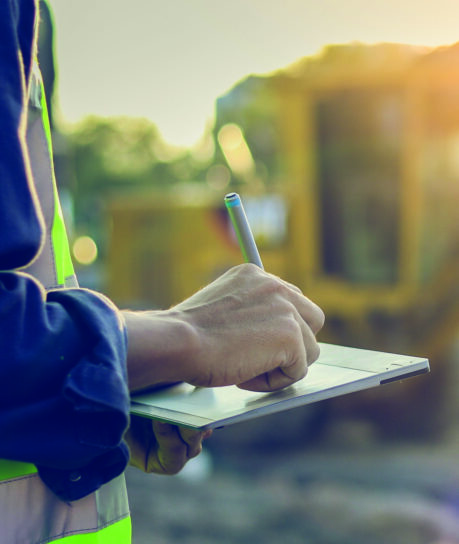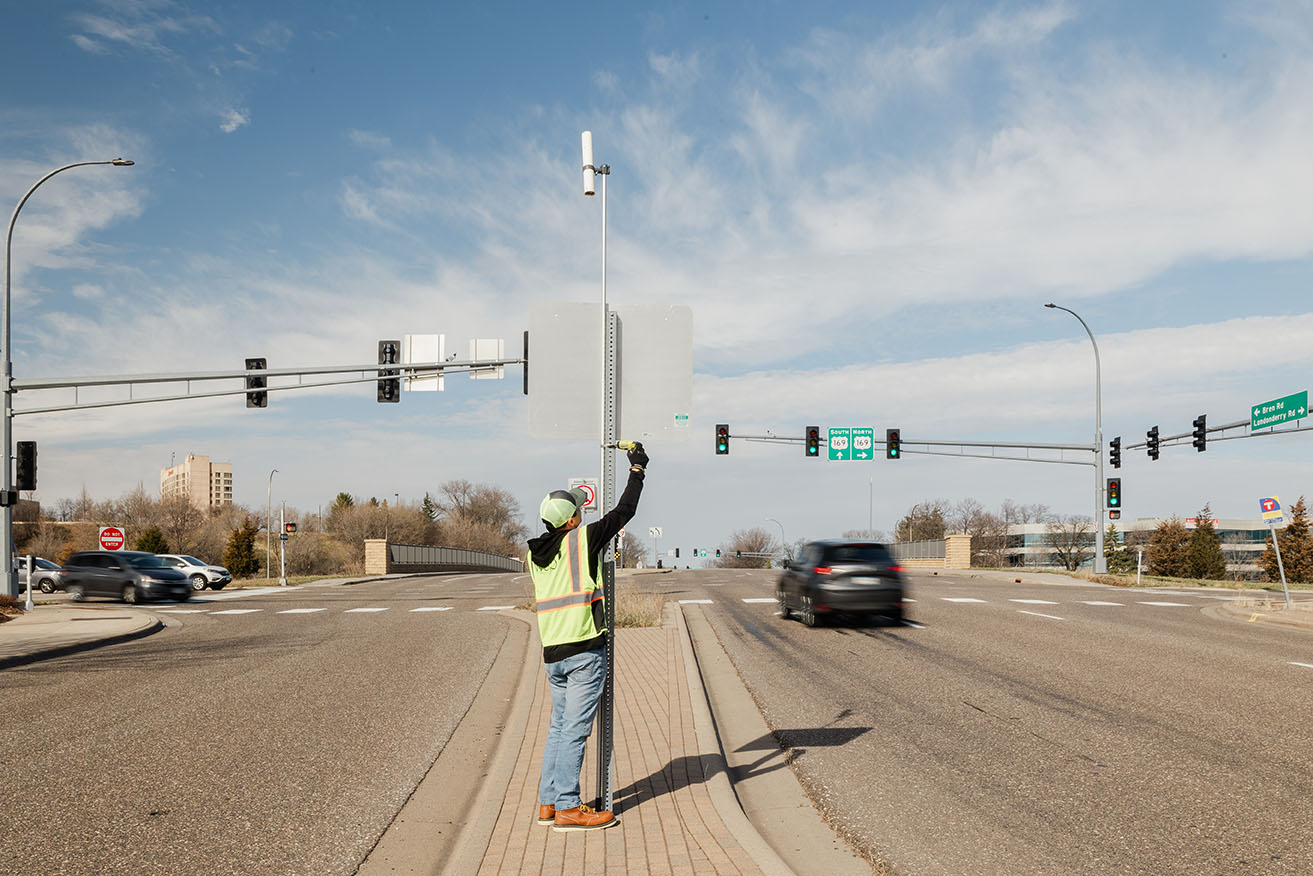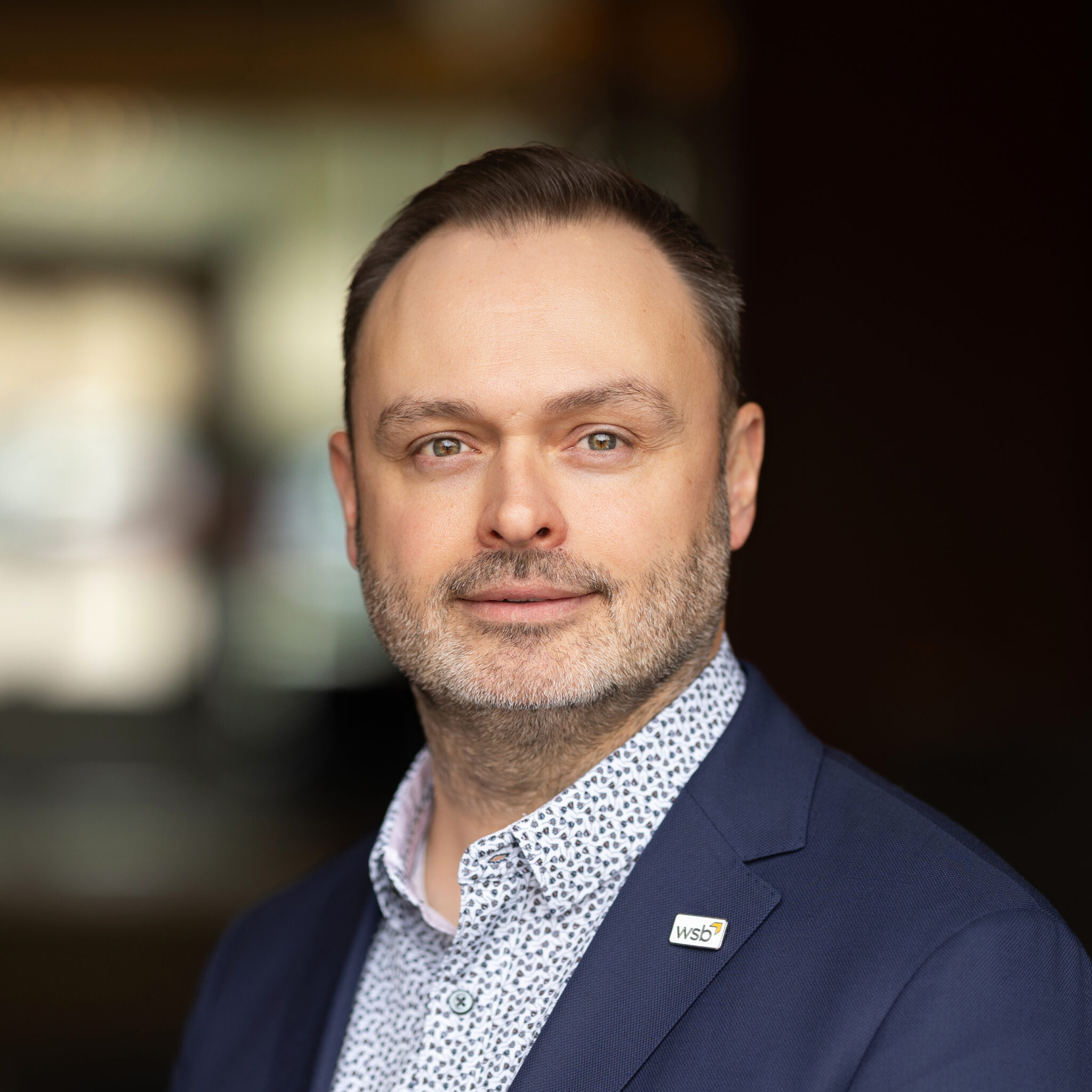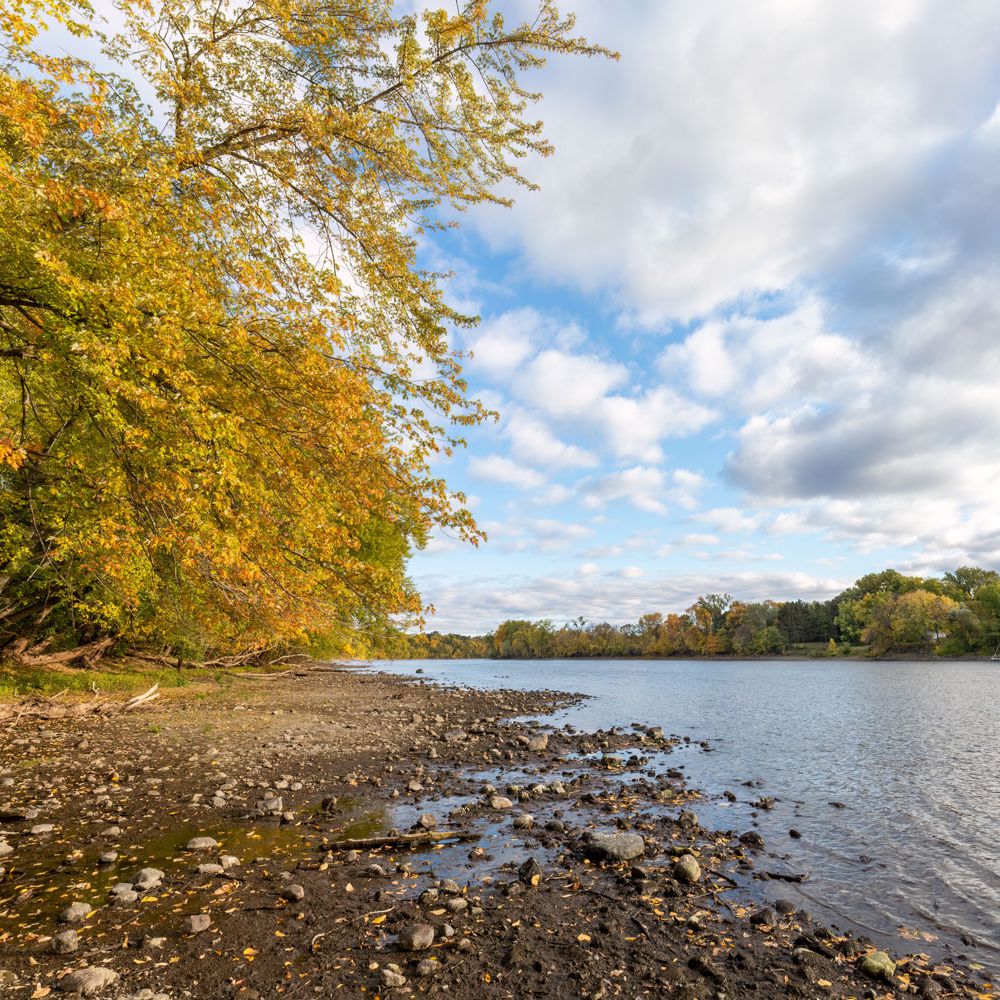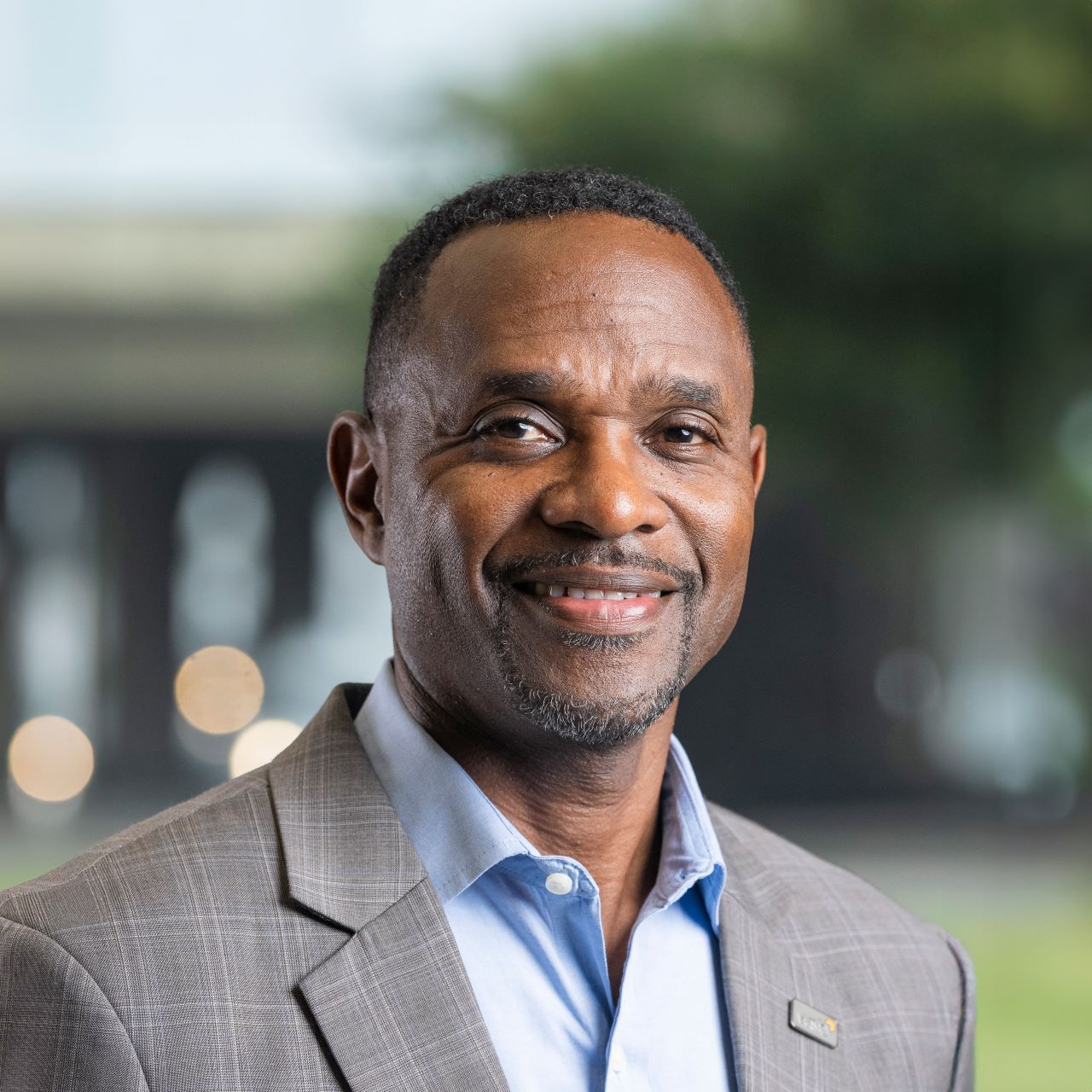By: Amin Mousavi, Houston Structures Lead, WSB
Maritime infrastructures are engineered facilities located at the land–water interface or offshore that support marine transportation, port operations, and energy production. The ongoing expansion of global trade, nationally and internationally, has increased maritime connectivity and created higher demand for maritime structures. According to the United Nations Conference on Trade and Development’s Review of Maritime Transport, global port performance continues to exhibit growth trends, accompanied by sustained expansion in the energy sector.
As global economies become increasingly interconnected, the demand for modern, resilient, and efficient maritime infrastructure continues to rise, supporting uninterrupted freight transport and enabling the sustainable development of offshore energy resources. Strategic investment and improvement in maritime structures helps reduce logistical hurdles, lower transportation costs, enhance competitiveness, and attract foreign investment. Additionally, emerging technologies—such as expanded e-commerce systems, AI-powered vessel management, automated cranes and robotics, ultra-deepwater drilling systems, and long-distance tieback systems—further increase the demand for adaptable and sustainable maritime structures.
In response to the growing demand for modern maritime infrastructure, a clear understanding of the complexities involved in designing these structures is essential. Whether located nearshore or offshore, such facilities play a critical role in supporting global commerce, transportation, and energy production. Here are five main key considerations in expanding or constructing new maritime structures:
1. Know Your Structural Components
Maritime facilities are made up of various components based on the intended application and functionality, and each serves a unique purpose:
Port & Harbor Structures which enable ships to berth, transfer cargo, and access port facilities. These facilities can include berthing and mooring dolphins, loading platforms, terminal structures and harbor infrastructure.
Offshore Industrial Structures (Oil & Gas and Renewables) which is for supporting offshore energy operations and resource extraction. Fixed platforms, floating platforms, subsea structures, marine terminals, fixed or floating foundations for renewable energy facilities are some examples of structural components in this category.
Marine Access Structures such as approach trestles, pipe-rack trestles, walkways, and causeways, which facilitate safe personnel and equipment movement and connect land to offshore facilities.
2. Design for Environmental and Operational Loads
Maritime infrastructure must be designed to withstand a complex combination of environmental and operational loads to ensure their safety, durability, and long-term performance. Environmental loads include wave action, storm surge, tidal fluctuations, current forces, wind loads, and seismic effects, all of which can vary significantly based on site conditions and climate exposure. These forces often interact in nonlinear ways, requiring advanced hydrodynamic and structural analysis to capture serviceability, strength and fatigue loading conditions.
In addition to environmental demands, operational loads such as vessel berth and mooring forces, cargo handling impacts, equipment loads, and accidental events (e.g., ship collision), piping and other facilities loads must be carefully evaluated. The design process must integrate these load components in accordance with established standards such as API, BS 6349, ASCE, and AISC/ACI, and site-specific return periods to ensure structural stability, serviceability, and resilience throughout the structure’s life cycle.
3. Integrate Supporting Infrastructure
Ports require more than just docks; they depend on an integrated network of supporting infrastructure to function efficiently, while offshore facilities rely on similarly interconnected systems to sustain safe and continuous operations.
In port environments, trestles, access bridges, utility corridors, retaining structures, and coastal-protection works link marine operations to land-based logistics.
Offshore structures require their own supporting elements, including subsea pipelines, riser systems, mooring arrays, navigation aids, helicopter landing facilities, and offshore power and communication networks.
Both port and offshore infrastructures also depend on robust transportation and utility connections to ensure uninterrupted cargo movement, energy transfer, and operational reliability. Integrating these systems early in the design process enhances resilience, improves operational efficiency, and ensures compatibility with growing trade and energy demands.
4. Collaborate with Specialized Contractors
Maritime structures demand collaboration with specialized contractors who possess technical expertise and practical experience in constructing facilities within challenging environment. Unlike conventional land-based projects, marine works require contractors skilled in over-water construction, heavy marine lifting, pile driving in deep or variable seabed conditions, underwater concreting. These contactors also need to be capable of deploying specialized marine equipment such as barges, jack-up platforms, and dynamic-positioning vessels.
Early engagement with these contractors enables the design team to validate constructability, identify logistical constraints, optimize installation sequences, and incorporate methods that reduce risk and cost. Their insight is especially valuable for addressing transport and installation loads during structural design stage. By incorporating contractor expertise throughout the project lifecycle, maritime and offshore infrastructure can be delivered more safely, efficiently, and sustainably.
5. Prioritize Safety, Compliance, and Sustainability
Maritime infrastructure must prioritize safety, compliance, and sustainability to perform reliably in demanding marine environments. Designs must meet stringent regulatory requirements while ensuring structural integrity, safe vessel interactions, and secure access for workers. Sustainability goals also guide material selection, corrosion protection, habitat preservation, and life-cycle environmental performance.
By integrating these principles early in the project, maritime infrastructure can achieve long-term resilience, reduced environmental impact, and responsible operation.
How WSB Can Help
Maritime infrastructure plays a critical role in supporting global trade, transportation, and offshore energy development, and each of its components needs effective and reliable structural design. As technology advances, engineers must approach maritime structures with a holistic and interdisciplinary perspective.
WSB’s structural engineering group brings experience in the analysis and design of port, marine, harbor and offshore facilities, ensuring that each structure is optimized for durability, constructability, and long-term performance. As part of our multidisciplinary approach, our in-house geotechnical group and testing lab provides deep expertise in coastal and offshore foundation systems, soil–structure interaction, and ground improvement, enabling fully integrated solutions for even the most challenging marine environments. WSB staff support stakeholders and government agencies by prioritizing these key factors throughout planning, design, and construction, to ensure that maritime infrastructure remains durable and reliable. With a commitment to safety, sustainability, and partnership, WSB is ready to help your community achieve its infrastructure goals.
